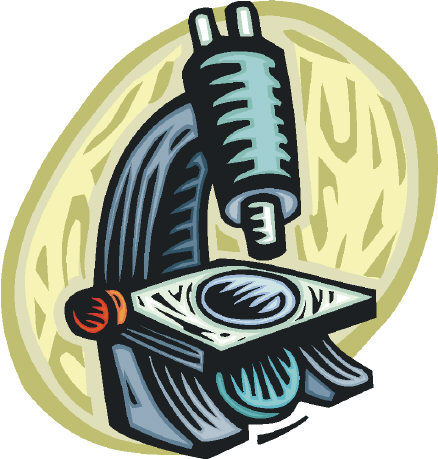 The Problem With Peer Review
The Problem With Peer ReviewIn a world where misinformation, voluntary or accidental, reigns supreme; in a world where lies...
 Interna
InternaIn the past few years my activities on this site - but I would say more in general, as the same...
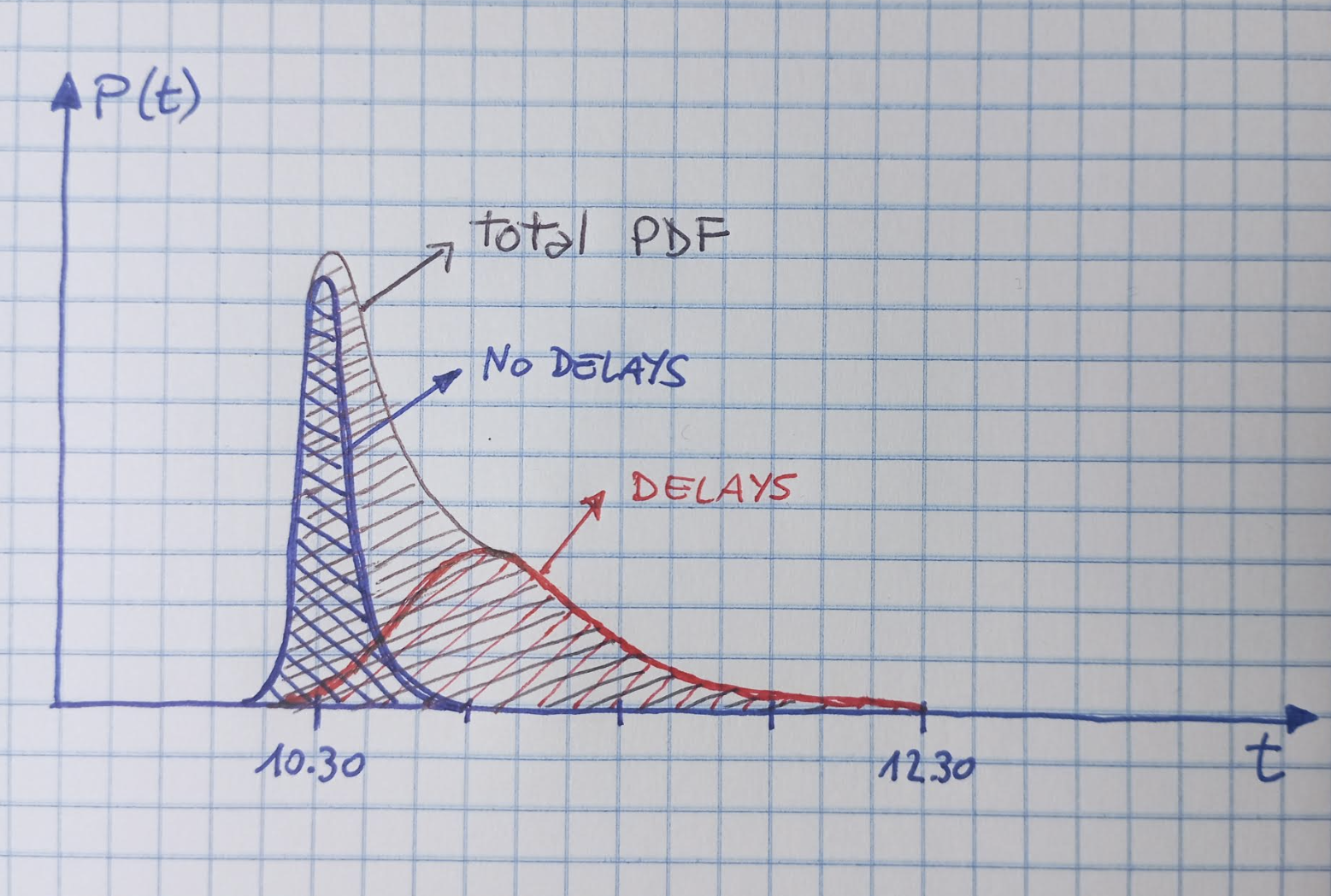 The Probability Density Function: A Known Unknown
The Probability Density Function: A Known UnknownPerhaps the most important thing to get right from the start, in most statistical problems, is...
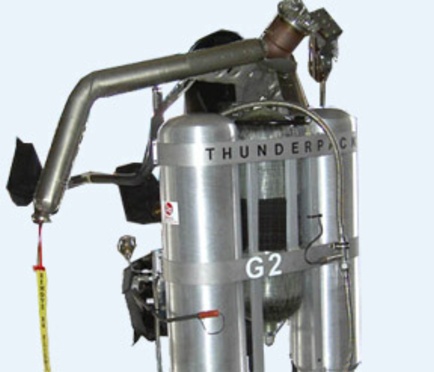 Summer Lectures In AI
Summer Lectures In AI Winter is not over yet, but I am already busy fixing the details of some conferences, schools,...




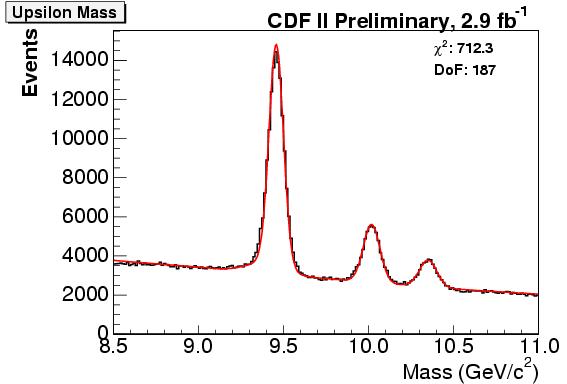
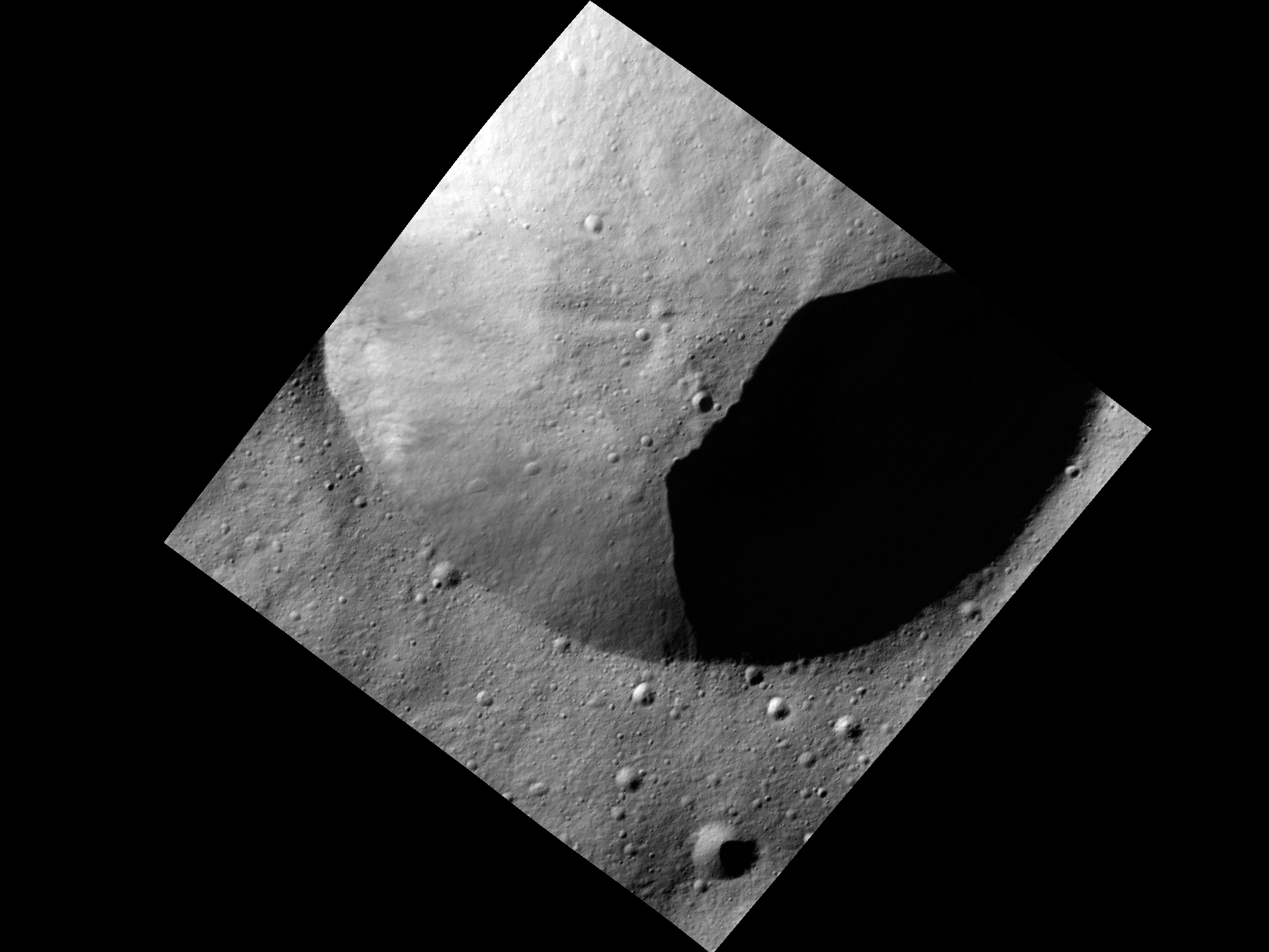
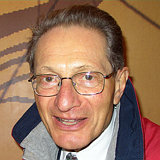
 I was saddened today upon hearing of the death of Franco Rimondi, a colleague in the CDF experiment. Franco was a professor of physics at the university of Bologna since 1980. His research in particle physics encompasses the last forty years, during which he collaborated with many experiments, starting with bubble chamber kaon decay studies in the late sixties, and then ADONE at Frascati in the seventies, and the split field magnet (SFM) at CERN. The experiment he spent most of his research career on was however probably CDF, at the Fermilab Tevatron collider.
I was saddened today upon hearing of the death of Franco Rimondi, a colleague in the CDF experiment. Franco was a professor of physics at the university of Bologna since 1980. His research in particle physics encompasses the last forty years, during which he collaborated with many experiments, starting with bubble chamber kaon decay studies in the late sixties, and then ADONE at Frascati in the seventies, and the split field magnet (SFM) at CERN. The experiment he spent most of his research career on was however probably CDF, at the Fermilab Tevatron collider.

